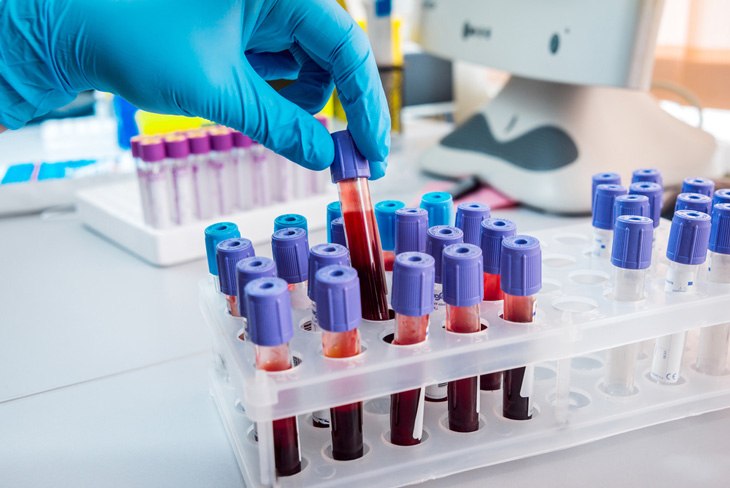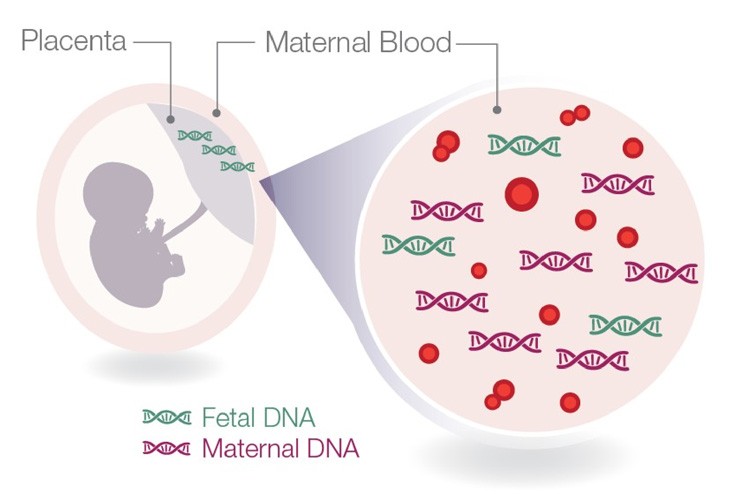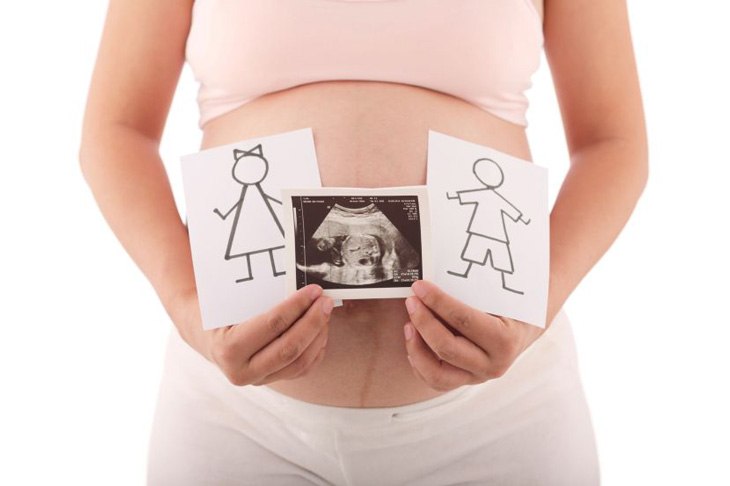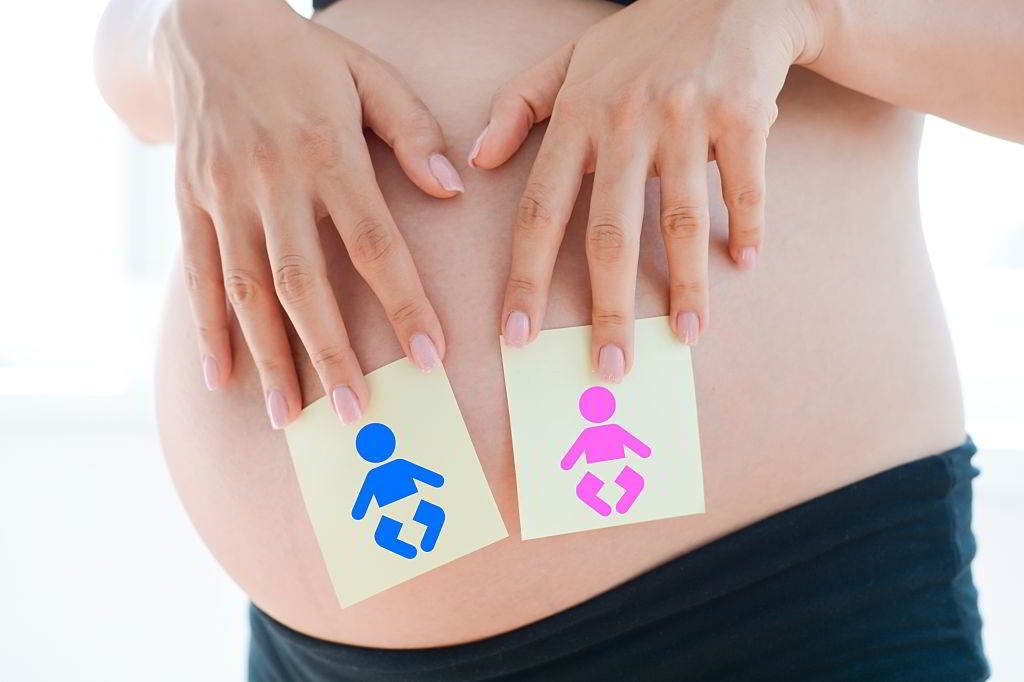Are you a future parent expecting a baby? One of the most exciting things that happen to pregnancy is to know the gender of your little angel. The traditional way of knowing is through ultrasound testing but is there a way of knowing the gender earlier? What is this process? How different would it be from conventional procedures? In this article, I will provide you with information about a blood test to determine gender. Blood testing, yes, it’s possible!
You have to be on your fourth or fifth month of pregnancy to determine the baby’s gender in the conventional process. But as early as seven weeks, you can know your baby’s gender through blood testing. This article might sound very technical, but I aim to make you understand that the process might be easy to hear, but the methods are not.
Free Cell DNA Testing, What Do You Need to Know?

There is a recent discovery of fetal genetic material in maternal blood, and it offered new approaches and methods to non-invasive diagnosis. This blood test can detect Down syndrome and other chromosomal disorders at the 10th week of pregnancy and even later.
Cell-free Fetal DNA originated from trophoblasts making the placenta. There is an estimation that 2 to 6% of DNA in maternal blood is originally fetal. It is fragmented and will make its way to the bloodstream through flaking of the placental microparticles. The DNA can be detected as early as seven weeks, and the quantity of this DNA increases when the pregnancy progresses.
This test is 92 to 99% accurate in detecting conditions and the baby’s gender. The test allows the pregnant women to determine the baby’s condition and gender without taking an invasive procedure like CVS or amniocentesis. Invasive procedures require a needle inserted into the woman’s uterus, and it has a small risk of miscarriage.

How Does It Work?
The procedure counts fragments of the baby’s DNA in the mother’s blood. If the results show extra chromosome 21 fragments, then it suggests that there are 3 copies of the certain chromosome instead of normal 2. That indicated Down syndrome or trisomy 21.
For detecting a baby’s gender, the predictor is based on the detection of the Y chromosome; this is the specific DNA in a maternal blood sample.
Results of Gender Predictor
If the result of the procedure is positive for the presence of the Y- chromosome, then the baby’s gender is confirmed, male.
If the result yields a negative presence of Y-chromosome, it means two things. First, the gender of the baby is female. Second, the amount of fetal DNA is meager.
[su_table alternate=”no”]
| Free Cell DNA | CVS | Amniocentesis | |
| When is test performed? | Throughout pregnancy | During 10-13 weeks | During 14-24th week |
| Is test invasive? | No | Yes, cells are taking from the placenta | Yes, amniotic fluid is removed with a syringe |
| Risk to pregnancy | None | 1-3% risk of miscarriage | 1% risk of miscarriage |
| Accuracy determining gender | At 7 weeks, male baby 95.4%, female 98.6% | 100% at 10-13 weeks | 100% at 14-24 weeks |
[/su_table]
Figure 1. Free Cell DNA Compared with Conventional Procedures (from pregnancy.org)
Below are the following that Free Cell DNA can detect:
- Paternity
- Rh blood group typing
- Hemophilia
- Duchenne’s muscular dystrophy
- Congenital adrenal hyperplasia
Free Cell Methods
Step 1: cffDNA Purification
The protocols for separating plasma from the maternal blood include the following: centrifugation, isolation, and purification. Formaldehyde is added to the maternal blood to increase the free fetal DNA percentage. The formaldehyde’s purpose is to steady the intact cells and hinder the additional release of maternal DNA. Free fetal DNA’s mean percentage in maternal blood without formaldehyde treatment is 0.40%. However, with formaldehyde treatment, the percentage is 20.2%.
There is another way of increasing the DNA, and it is based on the fragments’ physical length. A consistent size fractionation can be up to 70% of total cffDNA.
Step 2: Fetal DNA Specification and Detection of Mutation
The following list is some of the procedures to detect paternally inherited sequences. Primers are designed to target the Y-chromosome of male babies/fetuses for PCR.
- Real-time Quantitative Polymerase Chain Reaction. In the PCR process, fluorescent investigations are being used to observe the accumulations of amplicons. If there is an increase in fluorescent signal then there’s also an increase in generated amplicons. The appropriate Polymerase Chain Reaction protocol is designed to the specific genotype or mutation to be detected.
- Nested PCR. This procedure detects the Y-chromosomes in maternal plasma’s fetal DNA. The results yield that 3 out of 25 pregnant women with female fetuses has a specific signal of Y chromosome. 53 out of 55 male fetuses are also detected. It means that the procedure will have 88% specificity and 96% sensitivity.
- Digital PCR. In this procedure; copy number variation, point mutations and loss of aneuploidy and heterozygosis is detectable. It is because of microfluidic devices which perform highly parallel analysis. Digital Polymerase Chain Reaction can give distinction between blood and fetal DNA.
- Shotgun Sequencing. This procedure is doable with Illumina/Solexa platform. This method was able to detect trisomy, aneuploidy pregnancies, and gestational ages. This procedure has 97.9% specificity and 100% sensitivity.
- Mass Spectrometry. After PCR, fetal DNA can be detected with a specificity of single base and molecule sensitivity through matrix-assisted laser desorption combined with base extension. The DNA is amplified first by PCR. After that, linear amplification is designed to strengthen to the mutation site’s area.
MALDI-TOF (matrix assisted desorption ionization/time of flight mass) mass spectrometry has 98% sensitivity and 99.1% accuracy. - Epigenetic Modifications. This procedure is used to detect cffDNA. After detecting the cffDNA, it is extracted from the plasma then digested with methylation-sensitive/insensitive enzymes. In one of the tests, 88% of maternal blood samples were detected.

Note
The tests are purely scientific; however, the process should be understood if you are planning to take some tests like these. Cell-free fetal DNA is not just for gender detection only; the procedure, as I’ve said, could be used to test Down syndrome, Edwards’s syndrome, and Patau syndrome and other chromosomal disorders.
Some of the companies that ran this test: Natera’s Panorama, Ariosa Diagnostics’ Harmony, Sequenom’s MaterniT21, and Verinata’s Verifi. Usually, the results are available 7-10 days after you took the test. However, it would be best if you remembered that it’s your choice to take the test after your genetic counseling.
If you are to take the test for the baby’s gender alone, then the result would be enough for you. However, if the screening test you are taking is in a package that includes screening for the chromosomal disorder, there are limitations.
This test is only a blood test, so the results should still be confirmed with CVS or Amniocentesis. The test would be less accurate if the woman is pregnant with twins or triplets or women who are mildly obese because fewer fragments of DNA could be found in their blood.
I hope that you find this article very informative. If you are planning to take the test, remember the advantages it has and its limitations. If you have comments and further questions, inquire in the comment box below. A blood test to determine gender is a new method. May you be excited about your baby’s gender!




Pingback: How To Make The Best Use Of FET Due Date Calculator? - ShrewdMommy